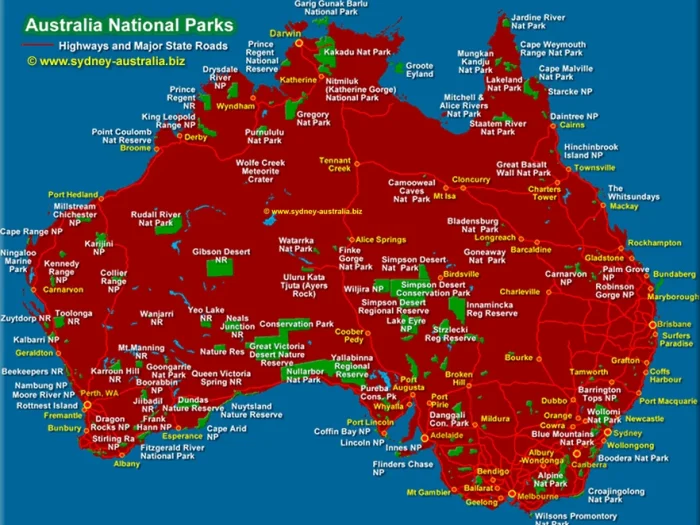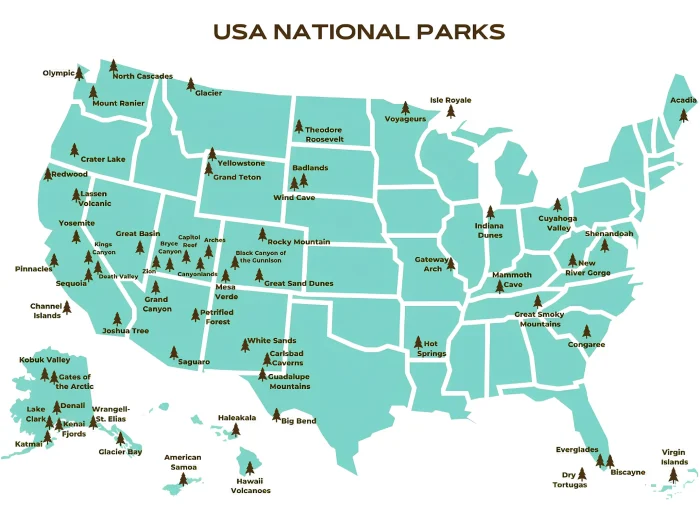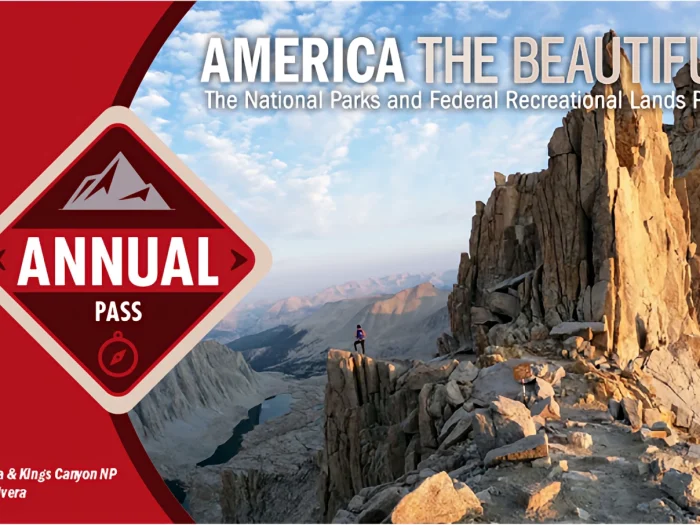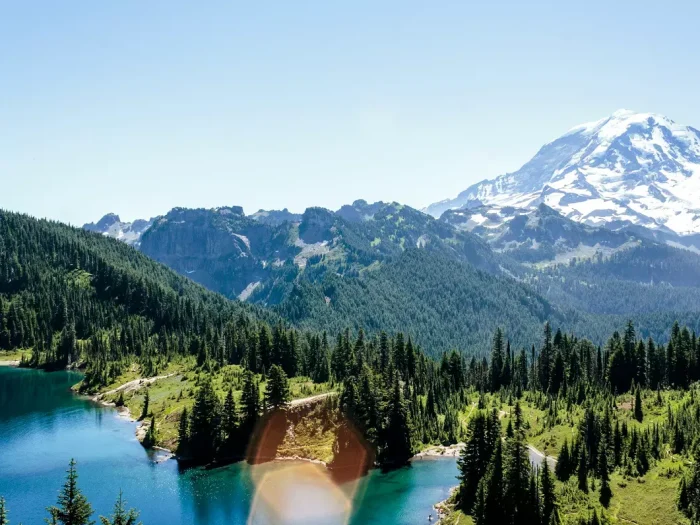Best Things to Do in Virgin Islands National Park
Nestled on the island of St. John in the U.S. Virgin Islands, Virgin Islands National Park is a tropical paradise that offers pristine beaches, lush hiking trails, and vibrant coral reefs. Covering over 60% of the island, this park is a treasure trove of natural beauty and cultural history. Whether you’re seeking adventure or relaxation, here are the best things to do in Virgin Islands National Park.
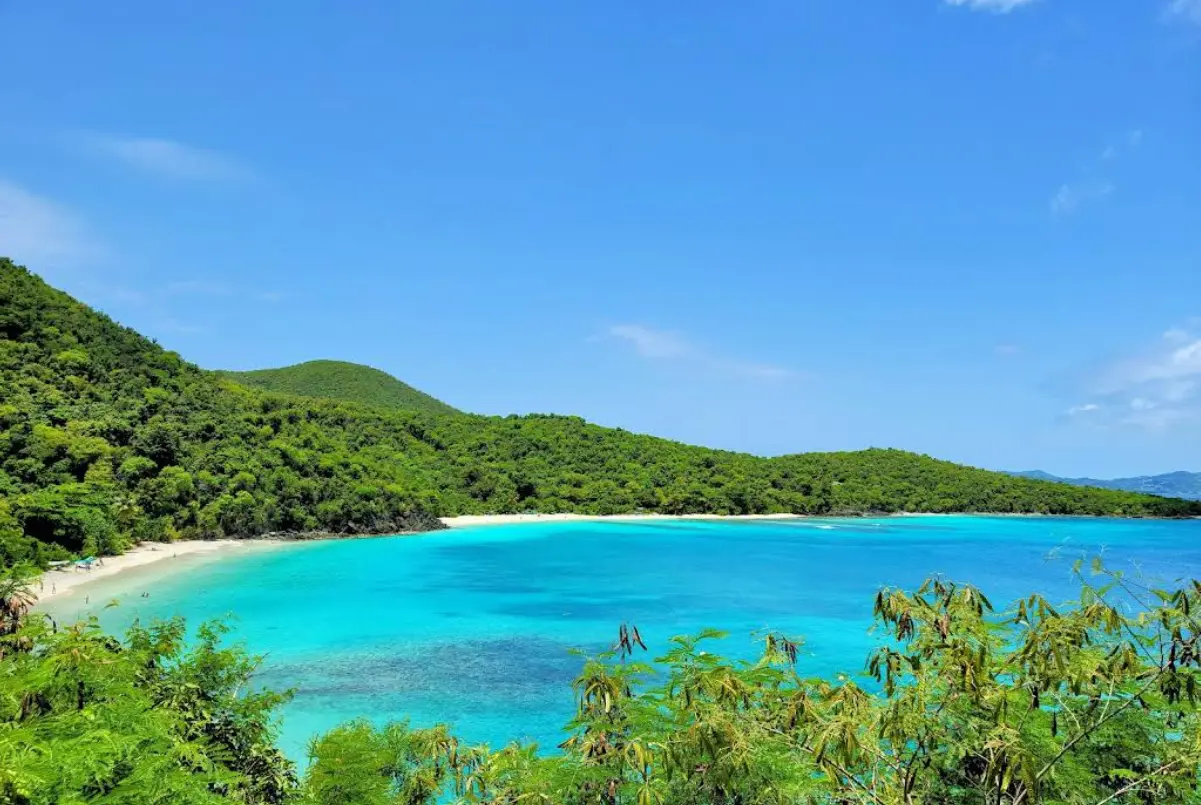
1. Relax at Trunk Bay Beach
Trunk Bay is often hailed as one of the most beautiful beaches in the Caribbean—and for good reason. With powdery white sand, turquoise waters, and lush green hills in the backdrop, it’s picture-perfect. Don’t miss the Underwater Snorkel Trail, a unique experience with underwater signs that guide you through the coral reef, describing marine life along the way. Facilities like restrooms, showers, and a snack bar make it a convenient spot for families and first-time visitors.
2. Go Snorkeling at Maho Bay
If you want to swim alongside sea turtles, Maho Bay is the place to be. The shallow, calm waters make it easy to spot green sea turtles grazing on sea grass, as well as colorful fish and rays gliding through the bay. Bring your snorkeling gear or rent some from nearby vendors. The beach also has shaded picnic spots—perfect for a laid-back afternoon.
3. Hike the Reef Bay Trail
Adventure seekers will love the Reef Bay Trail, one of the park’s most popular hikes. This 2.3-mile trail descends through a lush tropical forest, passing ancient Taino petroglyphs, old sugar mill ruins, and even a seasonal waterfall. The hike ends at Reef Bay Beach, where you can cool off with a refreshing swim. Guided ranger hikes are also available for those who want to learn about the area’s ecology and history.
4. Explore Cinnamon Bay
Just a short drive from Trunk Bay, Cinnamon Bay offers the perfect blend of relaxation and adventure. You can lounge on the wide sandy beach or rent kayaks and paddleboards to explore the crystal-clear waters. Nearby, you’ll find the Cinnamon Bay Archaeological Museum, which showcases artifacts from the island’s indigenous peoples and colonial past.
5. Visit Annaberg Sugar Plantation Ruins
Step back in time at the Annaberg Sugar Plantation, one of the best-preserved historic sites in the park. Wander through the ruins of the windmill, boiling house, and slave quarters while learning about the island’s complex history of sugar production and enslaved labor. The site also offers panoramic views of Leinster Bay and Tortola across the water.
6. Kayak and Snorkel at Hurricane Hole
For a more off-the-beaten-path adventure, head to Hurricane Hole, a protected mangrove lagoon on the east end of St. John. Kayaking here feels like gliding through a living aquarium—coral and sponges grow on mangrove roots, and colorful fish dart among the branches. It’s one of the most unique ecosystems in the Caribbean and a must-visit for nature lovers.
7. Take a Boat Tour or Sail Around St. John
See the park from a different perspective by taking a boat or sailing tour. Charter boats and catamarans can take you to secluded coves, snorkeling spots, and nearby islands like Waterlemon Cay or Cruz Bay. Sunset sails are particularly magical, offering stunning views as the sun dips below the Caribbean horizon.
8. Visit Cruz Bay – The Gateway to the Park
Before or after your adventures in the park, spend some time exploring Cruz Bay, the main town on St. John. Here you’ll find charming shops, beach bars, and restaurants serving fresh seafood and island cocktails. It’s the perfect place to unwind and soak up the local vibe after a day of exploration.
9. Camp or Stay Overnight
For an immersive experience, stay overnight at Cinnamon Bay Campground, where you can sleep just steps from the ocean. Whether you choose a cozy eco-tent or bring your own gear, it’s an unforgettable way to experience the park’s beauty after the crowds leave.
10. Discover Hidden Beaches
Beyond the famous spots, Virgin Islands National Park hides numerous secret beaches—like Hawksnest Bay, Salt Pond Bay, and Lameshur Bay—each with its own charm. These quieter areas are ideal for snorkeling, picnicking, or simply enjoying the sound of the waves in peace.
FAQs About Things to Do in Virgin Islands National Park
1. Is snorkeling gear available for rent in Virgin Islands National Park?
Yes. You can rent snorkeling equipment at beaches like Trunk Bay, Cinnamon Bay, and Maho Bay, or in nearby Cruz Bay. Some boat tours also include gear in their packages.
2. What is the Underwater Snorkel Trail at Trunk Bay?
It’s a marked underwater path with signs explaining marine life and coral formations. The trail is about 225 yards long and is one of the park’s most famous snorkeling attractions.
3. Are there lifeguards at Trunk Bay?
Yes, lifeguards are on duty daily at Trunk Bay, making it one of the safest beaches for families and beginners.
4. Can you swim with sea turtles at Maho Bay?
Yes! Green sea turtles frequently graze on seagrass in Maho Bay’s shallow waters. Please remember to keep a respectful distance and avoid touching or chasing them.
5. What is the difficulty level of the Reef Bay Trail?
The Reef Bay Trail is a moderate-to-difficult hike. It’s about 2.3 miles one way and descends roughly 1,000 feet from the trailhead to the beach. The hike back uphill can be strenuous.
6. Are guided hikes available in Virgin Islands National Park?
Yes. The National Park Service and local tour operators offer guided hikes on the Reef Bay Trail and other routes. These tours often include transportation and historical commentary.
7. Can you see waterfalls on the Reef Bay Trail?
Yes, during the rainy season, a small waterfall flows near the Taino petroglyphs, creating a beautiful photo spot.
8. What can visitors see at the Annaberg Sugar Plantation Ruins?
You can explore the remains of a sugar mill, windmill, and slave quarters, along with interpretive signs explaining the island’s colonial history and sugar production.
9. Are there tours of the Annaberg Sugar Plantation?
Yes. Rangers and local guides sometimes lead historical tours of the ruins, offering insights into 18th-century plantation life and enslaved labor on St. John.
10. Can you rent kayaks or paddleboards at Cinnamon Bay?
Yes, the Cinnamon Bay Beach & Campground has a watersports center that rents kayaks, paddleboards, and snorkeling gear.
11. Is camping allowed in Virgin Islands National Park?
Yes. You can camp or stay in eco-tents at Cinnamon Bay Campground, which offers beachfront access and basic amenities.
12. Are boat tours available inside the park?
Yes. Visitors can join sailing, powerboat, or catamaran tours that visit secluded beaches, snorkeling sites like Waterlemon Cay, and nearby islands such as Lovango Cay or Tortola.
13. Do you need a permit for kayaking in Hurricane Hole?
No permit is required for personal kayaks, but if you’re joining a guided kayak or snorkel tour, it’s best to book in advance as group sizes are limited to protect the mangrove ecosystem.
14. Can you snorkel at Hurricane Hole?
Yes. It’s one of the park’s most unique snorkeling areas, where coral and sponges grow on mangrove roots, creating an underwater forest filled with colorful marine life.
15. What’s special about Cinnamon Bay Museum?
The Cinnamon Bay Archaeological Museum showcases artifacts and exhibits about St. John’s indigenous people, colonial history, and the development of the park.
16. Are there any hidden or less crowded beaches to visit?
Yes. Salt Pond Bay, Lameshur Bay, and Hawksnest Bay are quieter alternatives where you can enjoy snorkeling and picnicking away from the crowds.
17. Can you take a sunset cruise around St. John?
Definitely. Many tour companies offer sunset sails departing from Cruz Bay, complete with drinks, music, and breathtaking Caribbean views.
18. Is Cruz Bay worth visiting if I’m focused on the park?
Yes. Cruz Bay is the main gateway to the park, with restaurants, shops, and tour operators. It’s perfect for dining or relaxing after a day of exploring.
19. What’s the best way to explore multiple beaches in one day?
Renting a Jeep or open-air taxi is the easiest way to beach-hop across the park, since many scenic beaches are located along the North Shore Road.
20. Are there picnic or restroom facilities at the beaches?
Yes. Major beaches like Trunk Bay, Cinnamon Bay, and Maho Bay have restrooms, showers, picnic areas, and snack stands. Smaller beaches may not have facilities, so plan accordingly.
Final Thoughts
From its coral reefs to its historic ruins, Virgin Islands National Park is a true Caribbean gem. Whether you’re hiking through the rainforest, snorkeling with turtles, or relaxing on sun-soaked beaches, the park promises an unforgettable experience for every traveler. Bring your sense of adventure—and don’t forget your camera!

